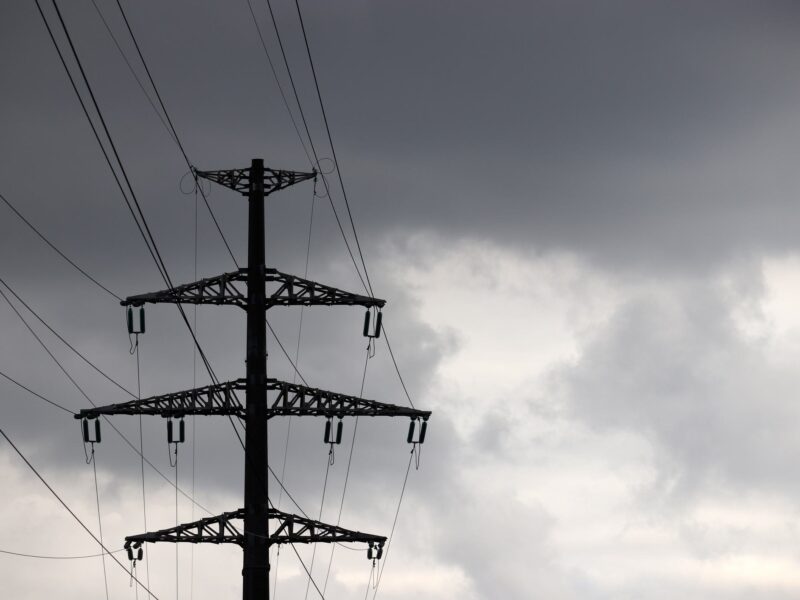
You walk into a room and suddenly your brain goes fuzzy with an overwhelming wave of familiarity—although this is a totally new experience. Like something out of a sci-fi plot, it almost seems as if you’ve walked into the future.
Chances are, you’ve experienced this situation, known as déjà vu, during your life. Déjà vu (French for ‘already seen’) occurs in approximately 60 to 80 percent of people—a phenomenon that’s almost always fleeting and may manifest at any time. Despite wide-spread coverage, bursts of déjà vu are still misunderstood by the scientific community.
“Because there is no clear, identifiable stimulus that elicits a déjà vu experience (it is a retrospective report from an individual), it is very difficult to study déjà vu in a laboratory,” said Michelle Hook, Ph.D., assistant professor in the Department of Neuroscience and Experimental Therapeutics, at the Texas A&M Health Science Center College of Medicine.
A glitch in the brain?
“According to many studies, approximately two-thirds of individuals have experienced at least one episode of déjà vu in their life,” Hook said. “Understanding how memory storage works may shed some light on why some experience it more than others.”
Episodes of déjà vu may be closely related to how memory is stored in the brain. Retention of long-term memories, events and facts are stored in the temporal lobes, and, specific parts of the temporal lobe are also integral for the detection of familiarity, and the recognition of certain events. The takeaway: The temporal lobe is where you make and store your memories.
Continue reading on Vital Record.
This article by Lauren Thompson originally appeared in Vital Record.





